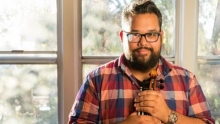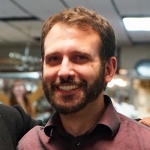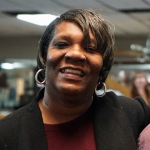Violinist and Social Justice Advocate to Deliver 2020 Nancy Hanks Lecture on Arts & Public Policy June 23 at 11:30 AM ET
Thursday, June 18, 2020
The 33rd Annual Nancy Hanks Lecture on Arts & Public Policy will be presented live as the opening keynote presentation of the Americans for the Arts Annual Convention and Public Art & Civic Design Conference on Tuesday, June 23, 2020 at 11:30 a.m. ET. Americans for the Arts is pleased to welcome as its speaker Vijay Gupta, acclaimed violinist, social justice advocate, 2018 MacArthur Fellow, and Americans for the Arts board member. The lecture is free and attendees can register online. Gupta will be introduced by the Honorable Speaker of the U.S. House of Representatives, Nancy Pelosi.























